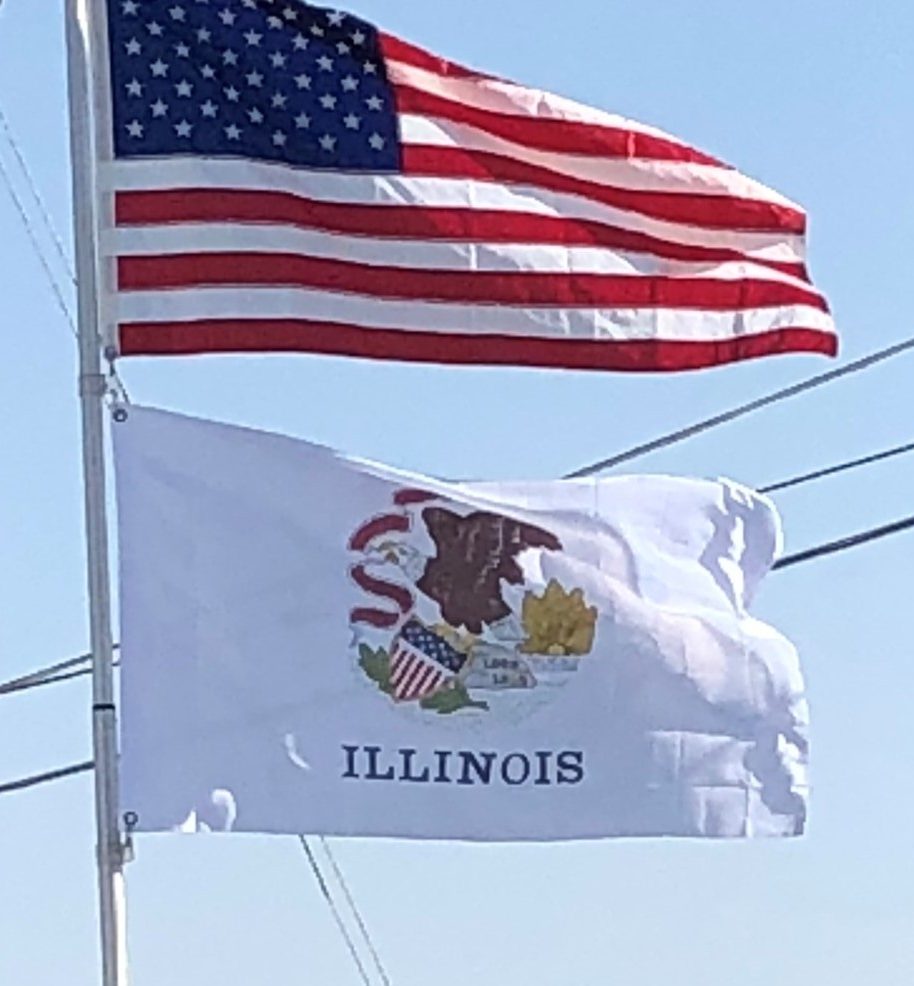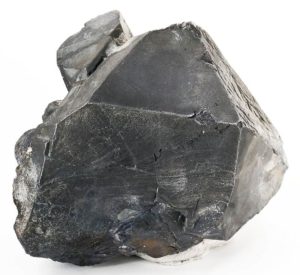
More importantly, it added nearly 50 miles of Lake Michigan shoreline and the Chicago River. Pope and others envisioned a canal that would connect the Chicago and Illinois rivers and, thus, connect the Great Lakes to the Mississippi.
Illinois Prior to the Civil War:
In 1818, Illinois became the 21st U.S. state. The capital remained at Kaskaskia, headquartered in a small building rented by the state. In 1819, Vandalia became the capital, and over the next 18 years, three separate buildings were built to serve successively as the capitol building. In 1837, the state legislators representing Sangamon County, under the leadership of state representative Abraham Lincoln, succeeded in having the capital moved to Springfield, where a fifth capitol building was constructed. A sixth capitol building was erected in 1867, which continues to serve as the Illinois capitol today.
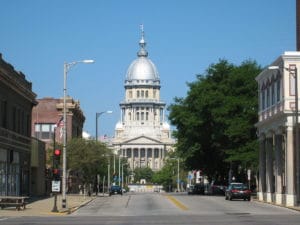
In 1832, the Black Hawk War was fought in Illinois and current-day Wisconsin between the United States and the Sauk, Fox (Meskwaki), and Kickapoo Indian tribes. It represents the end of Indian resistance to white settlement in the Chicago region. The Indians had been forced to leave their homes and move to Iowa in 1831; when they attempted to return, they were attacked and eventually defeated by U.S. militia. The survivors were forced back to Iowa.
Chicago gained prominence as a Great Lakes port, and then as an Illinois and Michigan Canal port after 1848, and as a rail hub soon afterward. By 1857, Chicago was Illinois’s largest city.
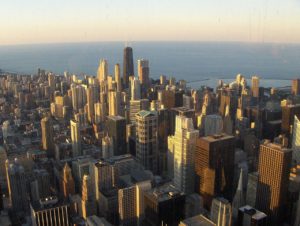
Civil War:
During the American Civil War, Illinois ranked fourth in men who served in the Union Army, a figure surpassed by only New York, Pennsylvania, and Ohio. The town of Cairo, at the southern tip of the state at the confluence of the Mississippi and Ohio Rivers, served as a strategically important supply base and training center for the Union army.
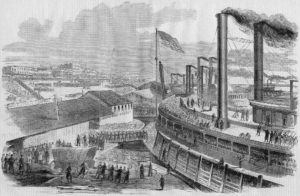
During the Civil War, and more so afterwards, Chicago’s population skyrocketed, which increased its prominence. The Pullman Strike and Haymarket Riot, in particular, greatly influenced the development of the American labor movement. From Sunday, October 8, 1871, until Tuesday, October 10, 1871, the Great Chicago Fire burned in downtown Chicago, destroying four square miles.
20th Century:
At the turn of the 20th century, Illinois had a population of nearly 5 million. Many people from other parts of the country were attracted to the state by employment caused by the then-expanding industrial base. Bolstered by continued immigration from southern and eastern Europe, and by the African-American Great Migration from the South, Illinois grew and emerged as one of the most important states in the union. By the end of the century, the population had reached 12.4 million.
The Century of Progress World’s Fair was held at Chicago in 1933.

Oil strikes in Marion County and Crawford County led to a boom in 1937, and by 1939, Illinois ranked fourth in U.S. oil production. Illinois manufactured 6.1 percent of total United States military armaments produced during World War II, ranking seventh among the 48 states. Chicago became an ocean port with the opening of the Saint Lawrence Seaway in 1959. The seaway and the Illinois Waterway connected Chicago to both the Mississippi River and the Atlantic Ocean.
